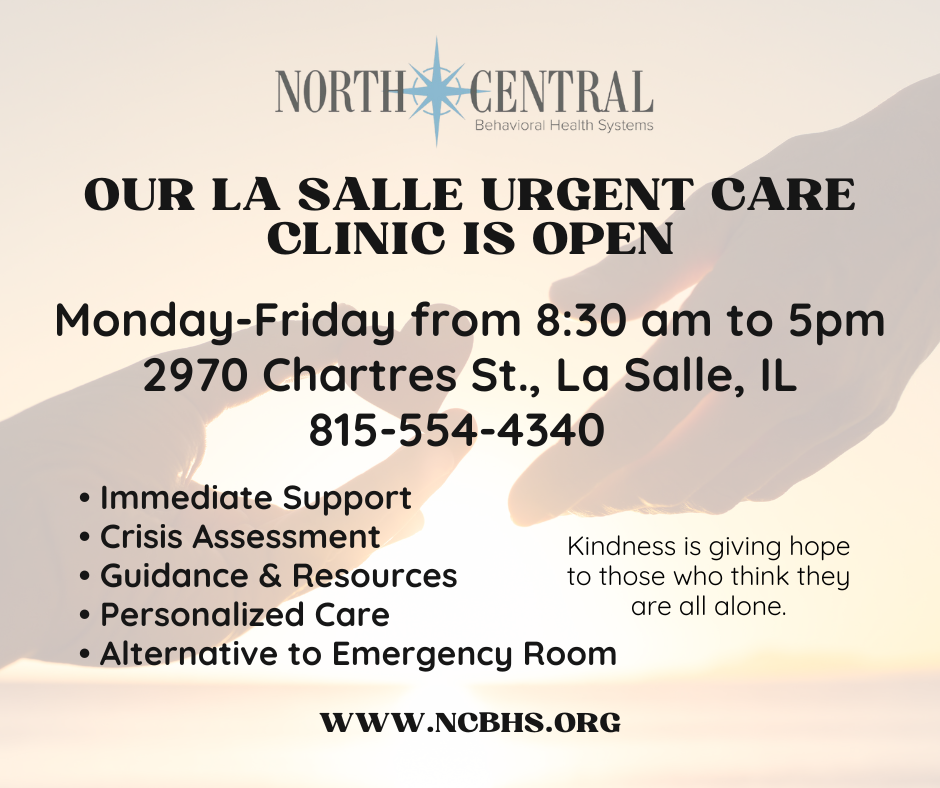The majority of individuals who commit suicide do NOT have a diagnosable mental illness. They are people just like you and I who at a particular time are feeling isolated, desperately unhappy and alone. Suicidal thoughts and actions may be the result of life’s stresses and losses that the individual feels they just can’t cope with.
Suicide Attempts in the U.S.
- There are an estimated 12 attempted suicides for every one suicide death.
- In 2009, there were an estimated 374,486 people with self-inflicted injuries treated in emergency departments.
- The number increased to 464,995 in 2010 and 487,770 in 2011.
- The estimated number of people hospitalized for self-inflicted injuries increased from 155,000 in 2009 to 224,000 in 2011.
Suicide Terminology
-
Suicide attempt: A non-fatal self-directed potentially injurious behavior with any intent to die as result of the behavior. A suicide attempt may or may not result in injury.
- Suicidal ideation: Thoughts of suicide. These thoughts can range in severity from a vague wish to be dead to active suicidal ideation with a specific plan and intent.
- Unintentional injury: A fatal or nonfatal injury that was unplanned and not intended to happen. Causes include a motor vehicle crash, poisoning, fall, fire, and drowning. Unintentional injuries are sometimes referred to as “accidents,” but this term is discouraged since it implies the injury was not preventable.
- Prevention: Interventions designed to stop suicidal behavior before it occurs. These interventions involve reducing the factors that put people at risk for suicide and suicidal behaviors. They also include increasing the factors that protect people or buffer them from being at risk.
Why Do Individuals Attempt Suicide?
- To block unbearable emotional pain, which is caused by a wide variety of problems.
- It is often a cry for help. Individual is often so distressed that they are unable to see that they have other options: (help prevent a tragedy by trying to understand how they feel and helping them to look for better choices that they could make.)
- Often feel terribly isolated; because of their distress, they may not think of anyone they can turn to, furthering this isolation.
- Vast majority of cases-a suicide attempter would choose differently if they were not in great distress and were able to evaluate their options objectively.
- Most suicidal people give warning signs in the hope that they will be rescued, because they are intent on stopping their emotional pain, not on dying.
- People who attempt suicide are often acutely distressed and the vast majority are depressed to some extent.
Suicide Warning Signs
- Threatening to hurt or kill oneself
- Seeking access to means
- Talking or writing about death, dying, or suicide
- Feeling hopeless
- Feeling worthless or a lack of purpose
- Acting recklessly or engaging in risky activities
- Feeling trapped
- Increasing alcohol or drug use
- Withdrawing from family, friends, or society
- Demonstrating rage and anger or seeking revenge
- Appearing agitated
- Having a dramatic change in mood


